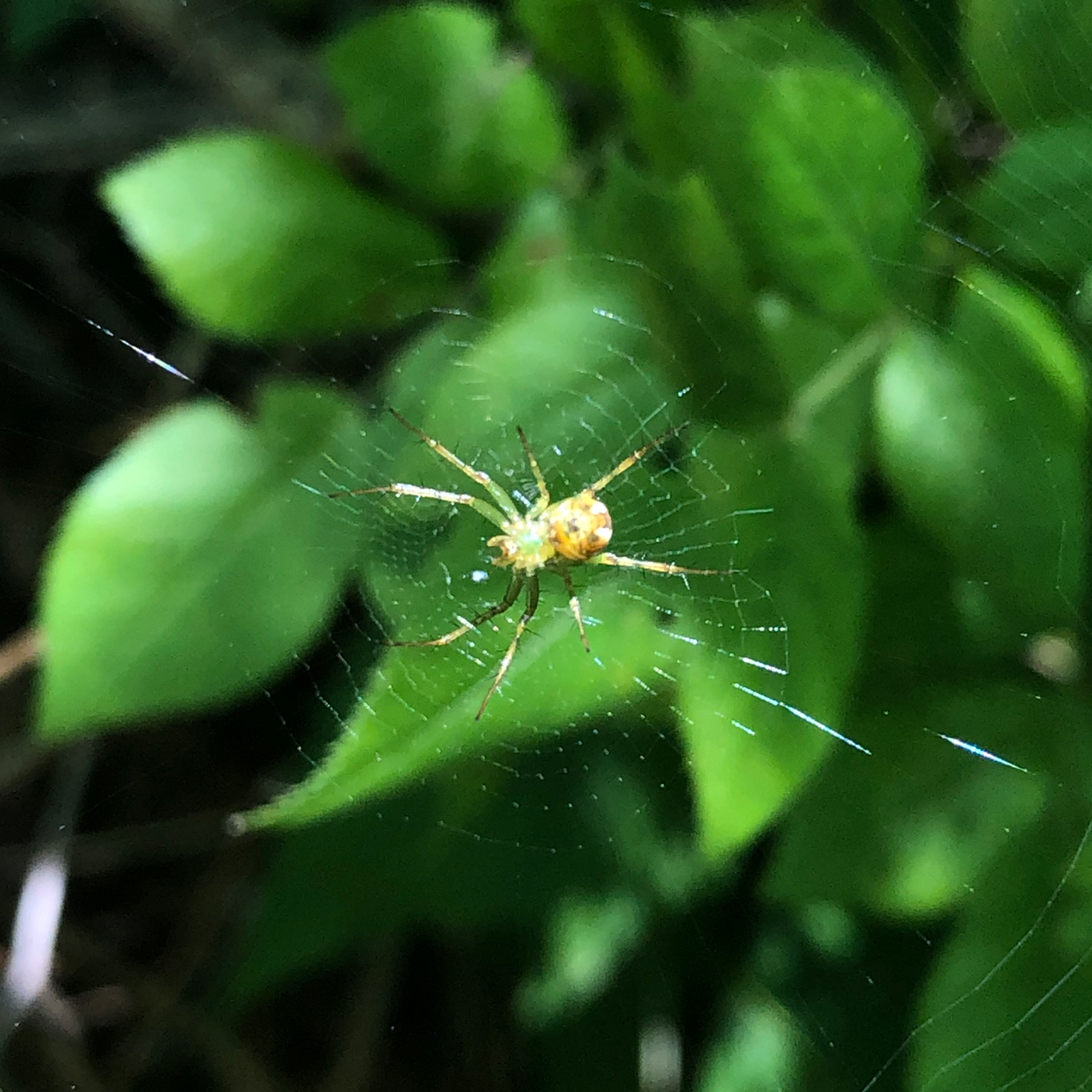Hiking Menace?
Spider webs are all over forests. Ever walk along a hiking trail and hit one? Once across your face, arms, or body, they are sometimes hard to remove. If I am running into a lot of them, sometimes I’ll carry a spider stick. The spider stick catches the spider webs, so they aren’t on me. Spider webs are pretty amazing, when viewed from afar. Read on to find out more.
Spiders & Evolution
Supposedly, spider webs have existed for at least a million years. Through evolution, the spiders with the strongest webs survived. This makes perfect sense. Many spiders use their webs to catch food. Spiders that caught a lot of food survived. On the other hand, spiders with webs that didn’t catch prey did not survive. Maybe that is why the webs evolved to be so strong.
What are spider webs made of?
You probably knew that they are made of silk. Silk is a protein. Somehow, the spider manages to take this silk and make it into a string. The silk is extruded from spinneret glands. Spiders can have up to four pairs or eight spinneret glands. Each one produces a different type of silk used for a different purpose in the spider web building process. The average number of spinneret glands is six or three pairs. However, the number varies from one to four pairs. The glands are located on the spider’s abdomen. Sometimes the spider uses his feet to pull the silk out of its body.
How strong is spider web silk?
Well, after doing a lot of searching, it depends on who you ask. Some resources state that by weight, they are 5 times stronger than steel. This article notes that a strand of web is really thousands of nanostrands which are 20 millionths of a millimeter in diameter. On the other hand, a different article states that pound for pound spider web silk stronger than steel. This article, notes that the stretching and softening of the silk adds to it’s durability.
To sum it up, most agree that spider silk is strong. Research yourself to find out more.




